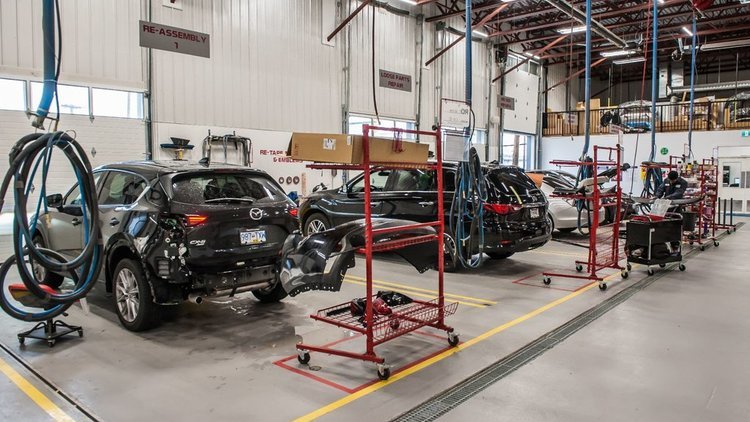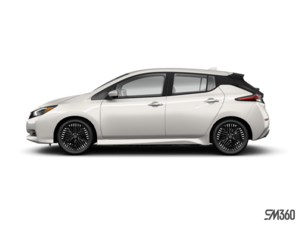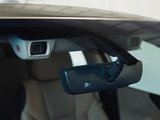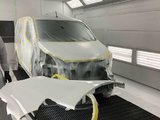How to Tell if You Are Buying a Pre-Owned Vehicle That Has Been in an Accident
November 23 2023,

Purchasing a pre-owned vehicle can be a smart investment, but it comes with its own set of challenges, particularly in determining if the car has been in an accident. While a vehicle history report can provide some information, it's crucial to inspect the car's body, body panels, and paint for tell-tale signs of past accidents. Here's what to look out for:
Inspecting the Body and Body Panels
- Alignment Issues: Check if all body panels line up correctly. Misalignment can be a sign of poor repair work following an accident. Doors, hoods, and trunks should open and close smoothly.
- Gaps Between Panels: Uneven gaps between body panels are often a red flag. While some variation is normal due to manufacturing tolerances, significant inconsistency usually indicates replacement or repair.
- Color and Finish Inconsistency: Inspect the car in good lighting for any differences in paint color and finish. Mismatched colors or textures can suggest that a section of the vehicle was repainted.
- Rust and Corrosion: Look for rust under the car and around body panels. While rust isn't always indicative of an accident, it can point to poorly repaired body damage.
- Evidence of Welding or Bonding: Check for signs of welding or bonding on the frame, especially under the hood and trunk. These can indicate structural repairs after a collision.
Checking the Paint
- Overspray: Look for paint overspray on rubber seals, window moldings, and light fixtures. Overspray can occur when a car is repainted hastily after an accident.
- Paint Thickness: A paint thickness gauge can be a useful tool. Significant variations in paint thickness across different body parts might suggest bodywork and repainting.
- Reflections: Examine the reflection of a straight line or object along the sides of the vehicle. Inconsistencies in the reflection can reveal bodywork imperfections.
Additional Tips
- Test Drive: A test drive can reveal a lot. Pay attention to how the car handles, any unusual noises, and if it drives straight without pulling to one side.
- Professional Inspection: Consider having the vehicle inspected by a trusted mechanic or a bodywork specialist. They can spot issues that are not apparent to the untrained eye.
- Vehicle History Report: Although not foolproof, a vehicle history report can provide valuable information about past accidents, ownership, and service history.
- Seller Questions: Ask the seller direct questions about the car's history. A reluctance to provide details or inconsistent answers can be a warning sign.
Doing your due diligence when inspecting a pre-owned vehicle for signs of past accidents is crucial. Paying attention to the car’s body, panels, and paint, along with a thorough test drive and professional inspection, can save you from future expenses and ensure you make a well-informed purchase. Remember, it's always better to spend time and perhaps a little more money upfront than to deal with unforeseen issues down the line.





